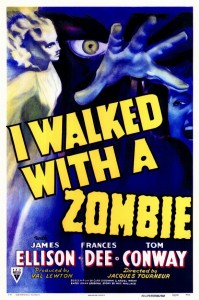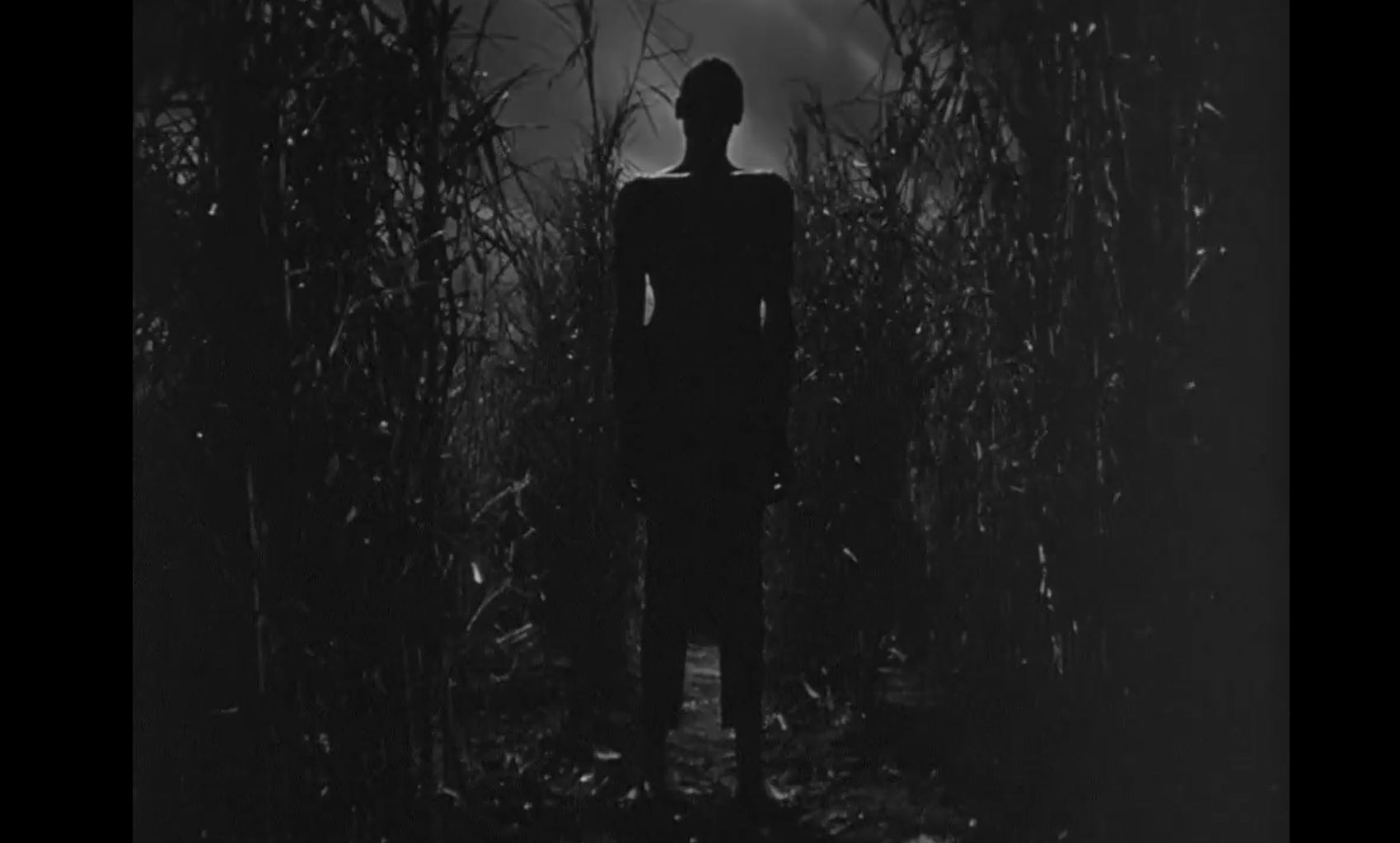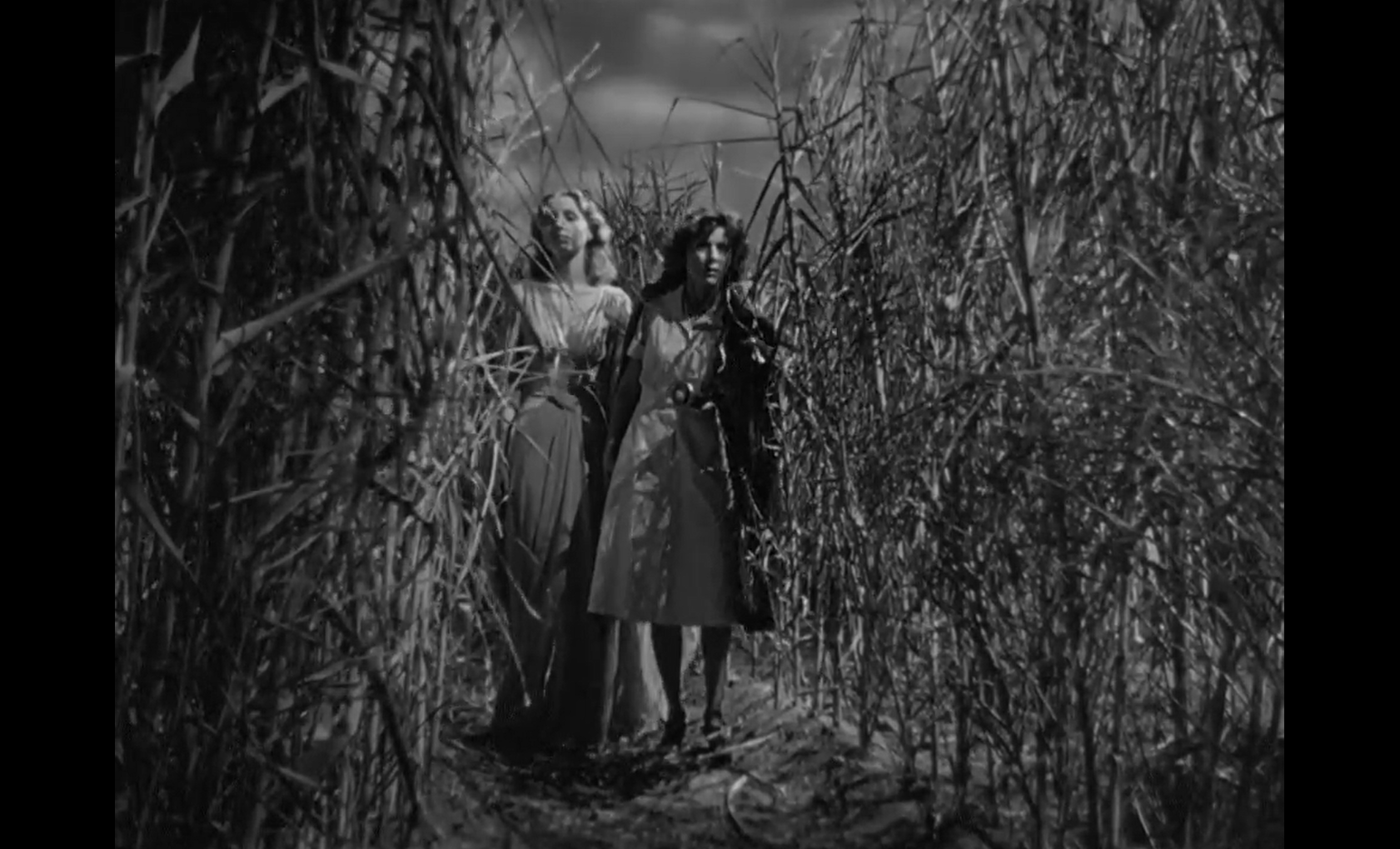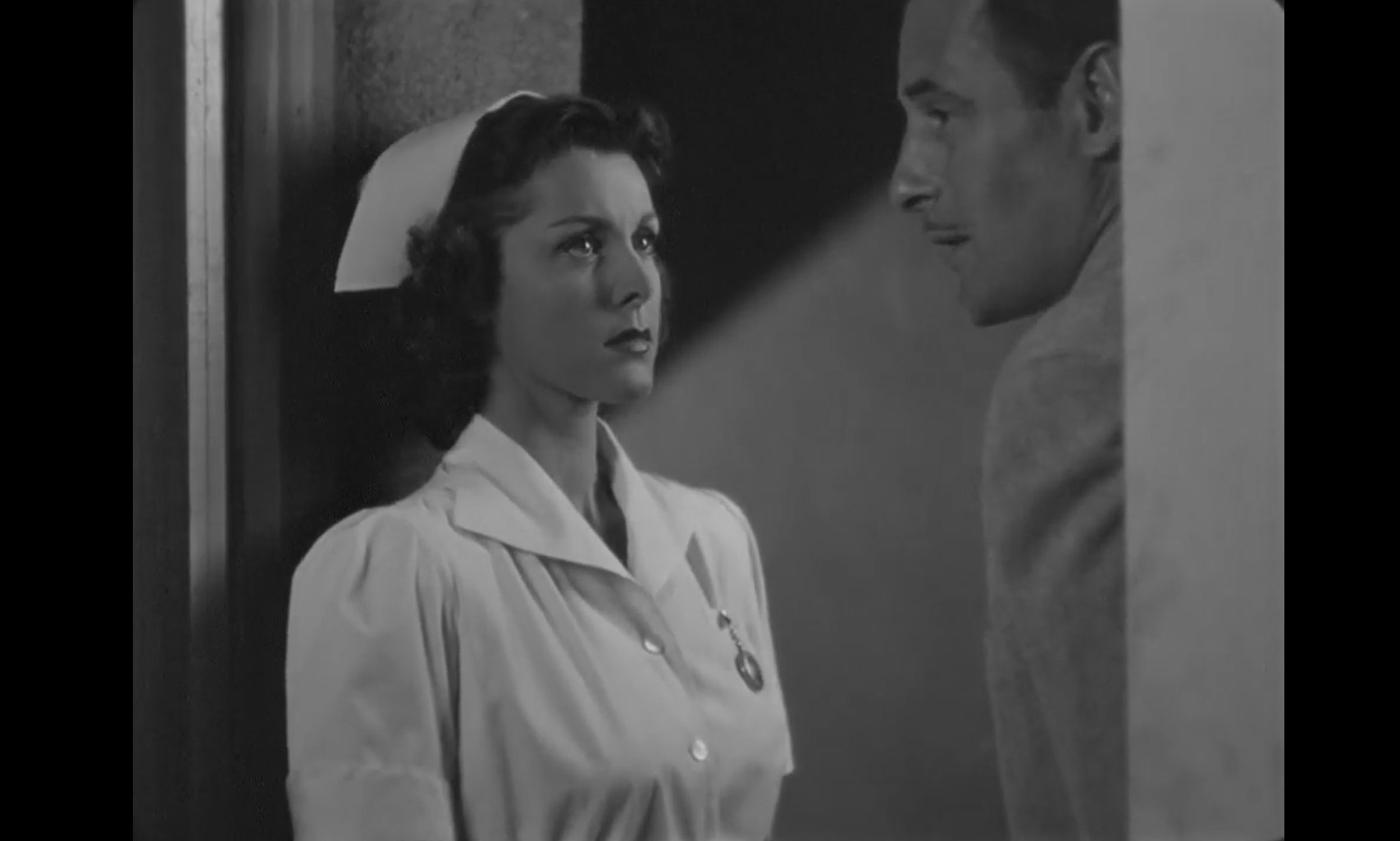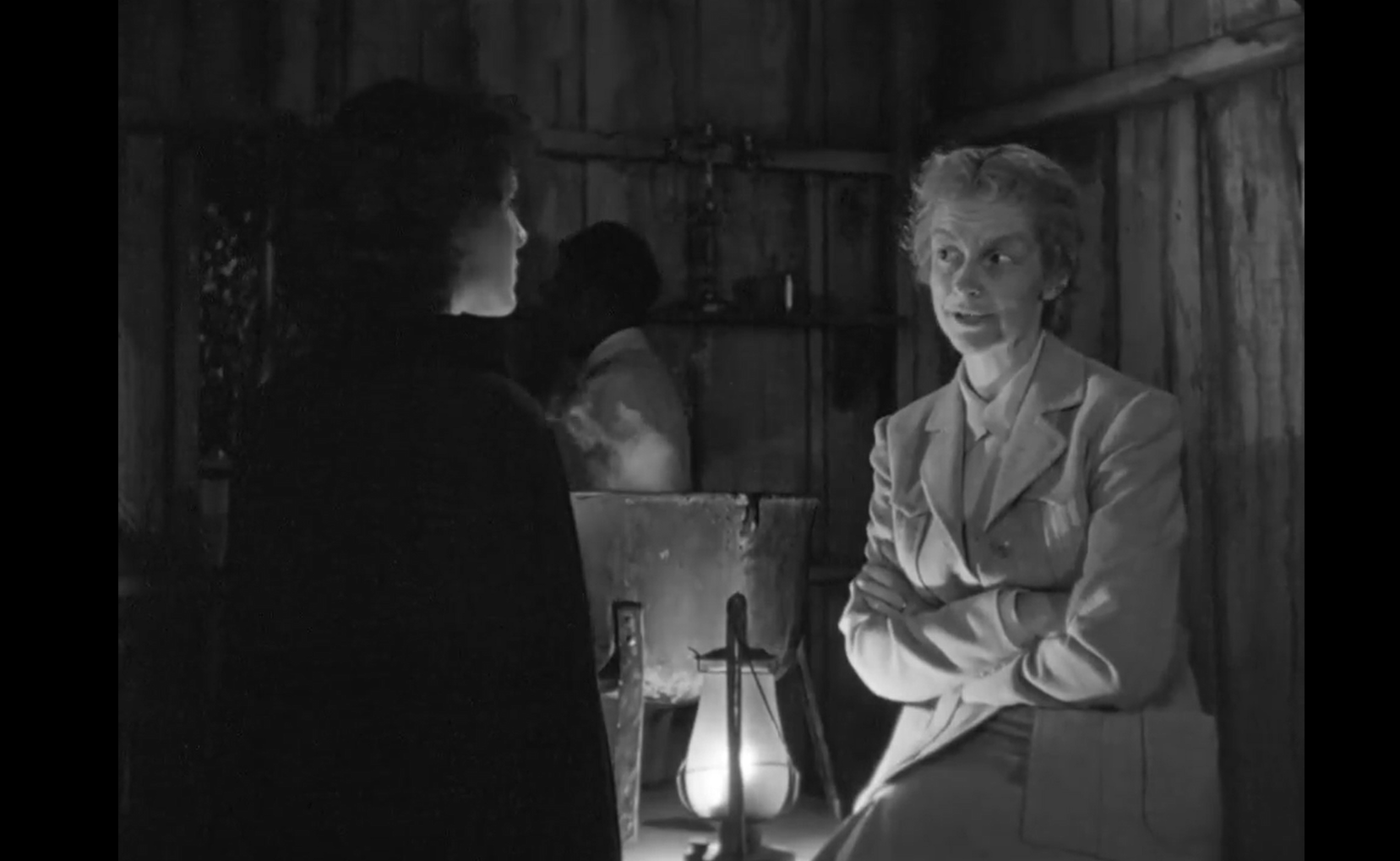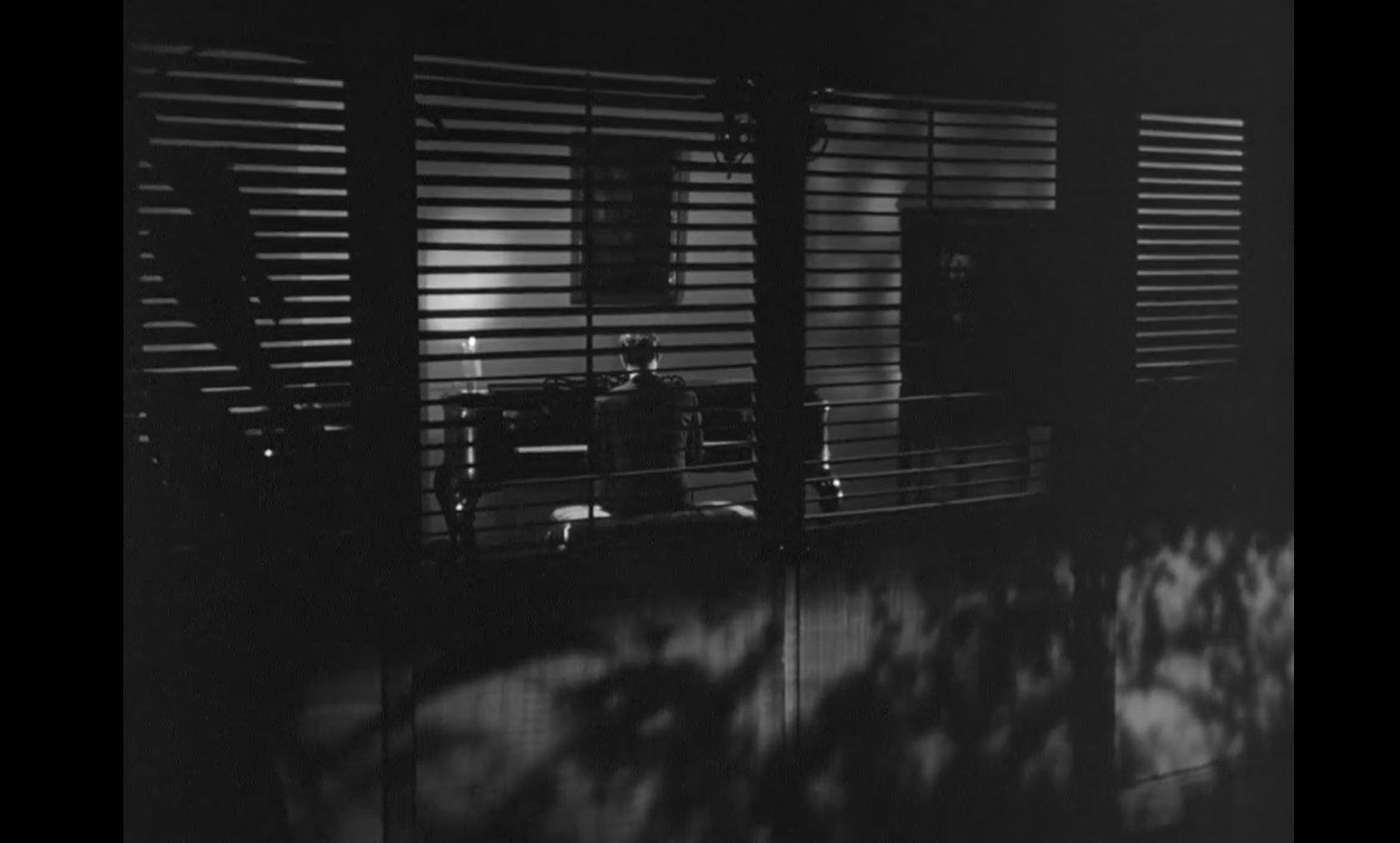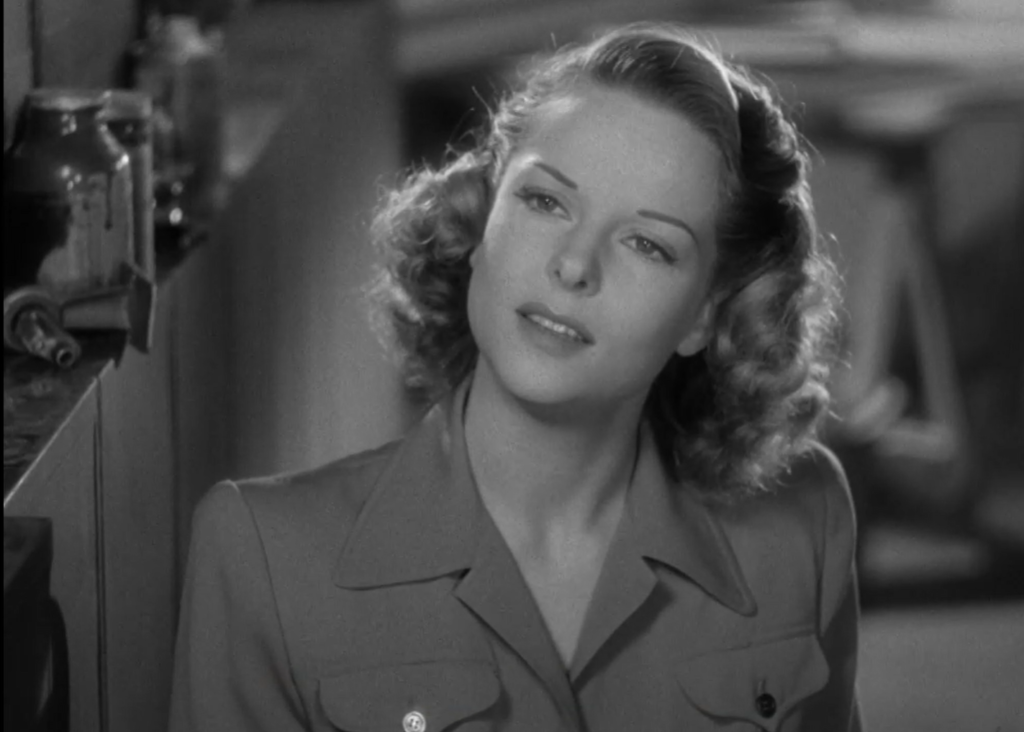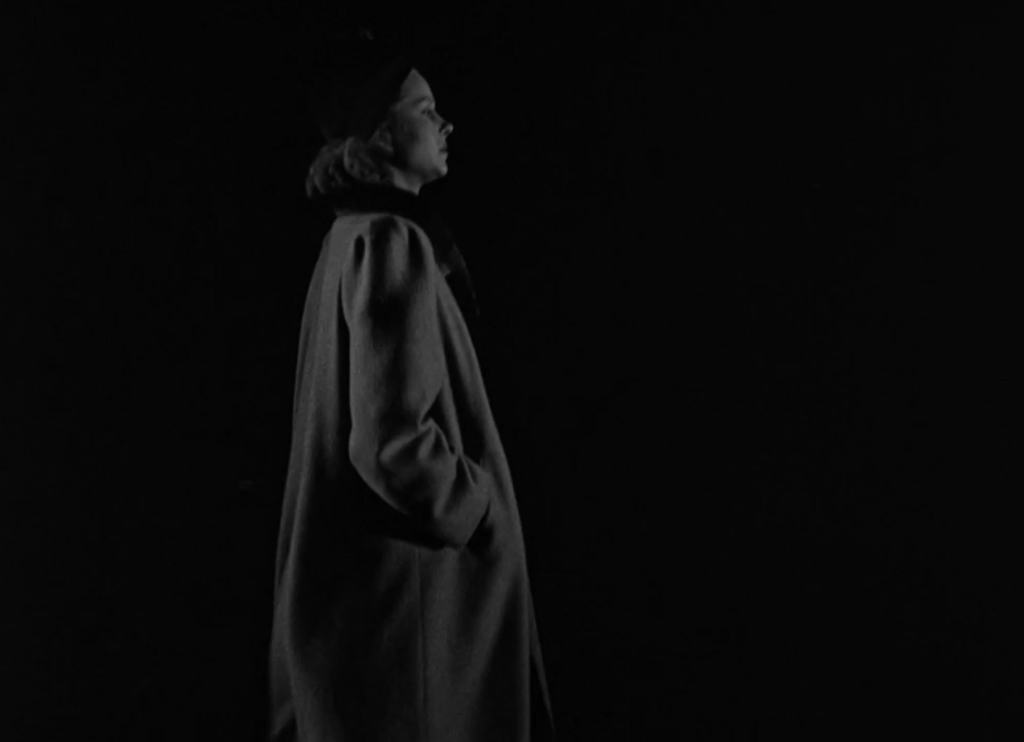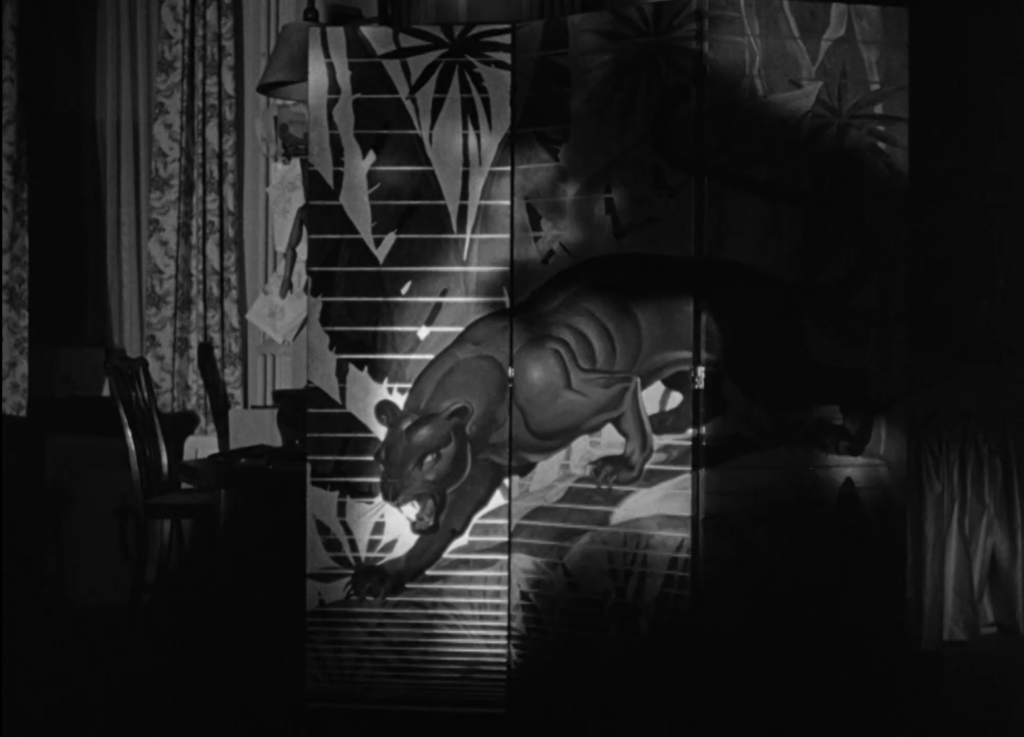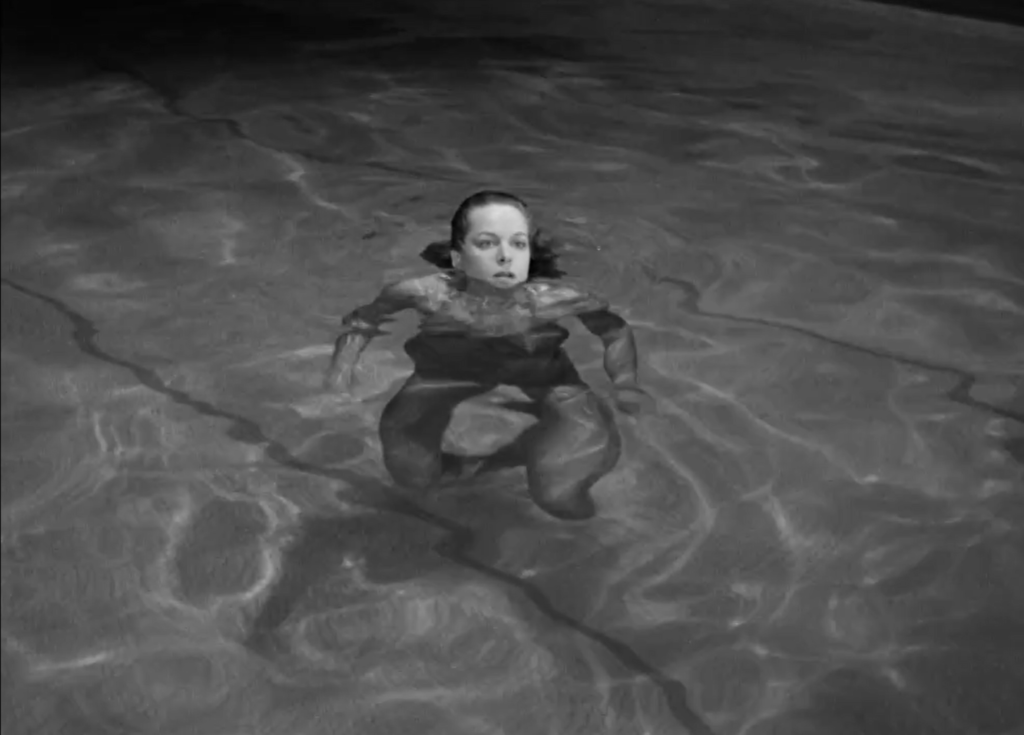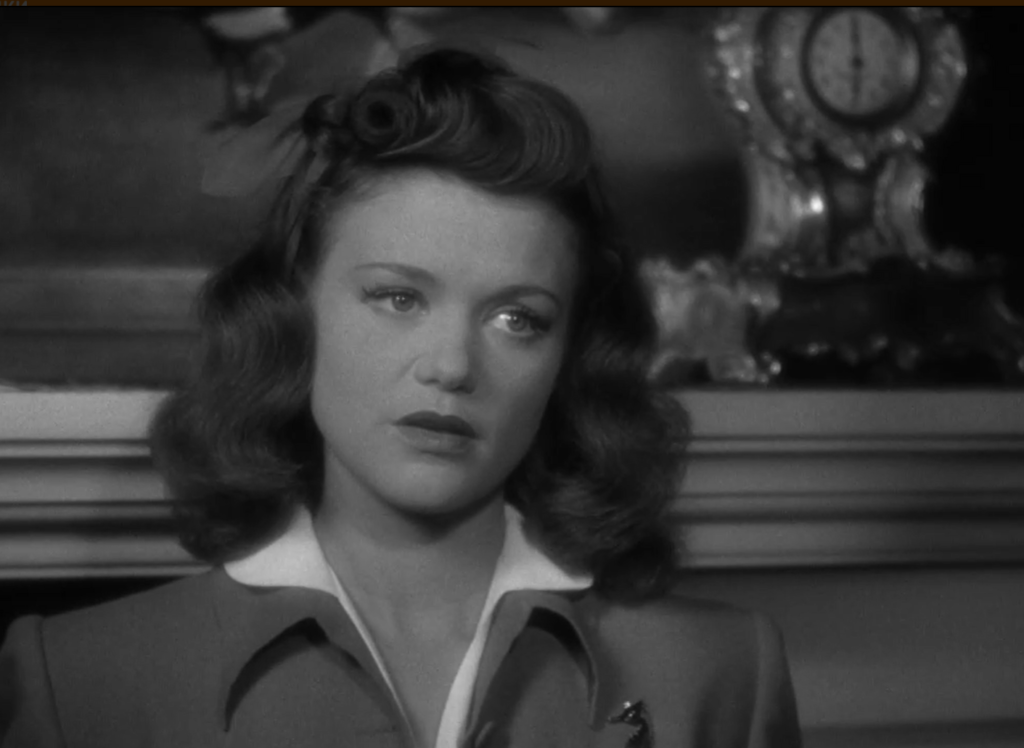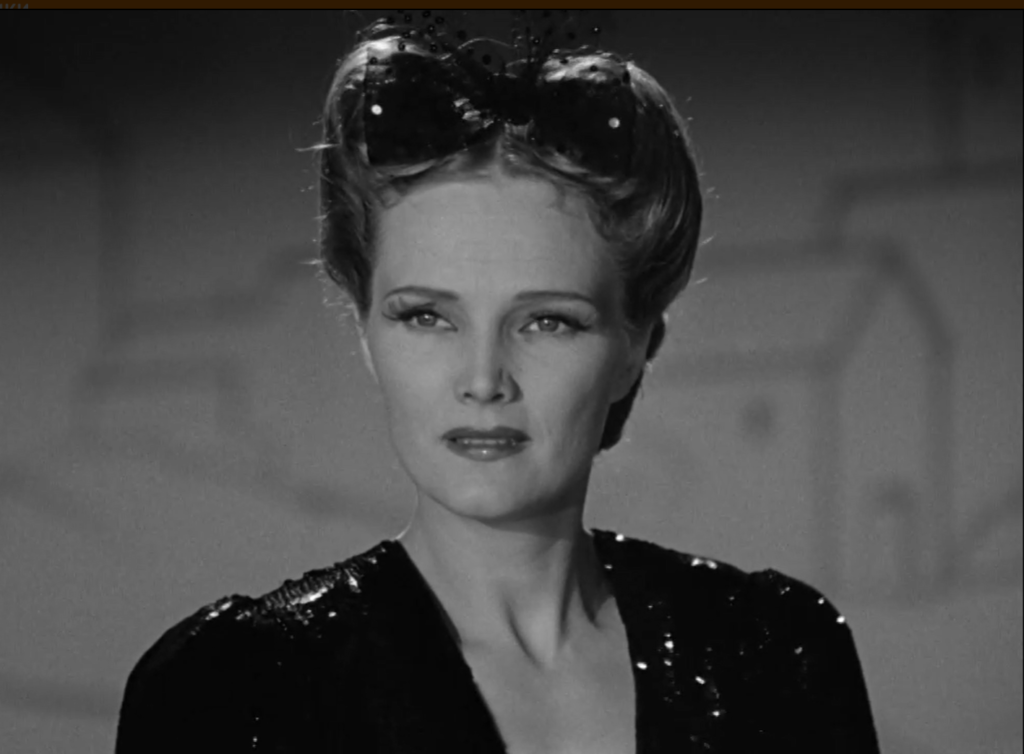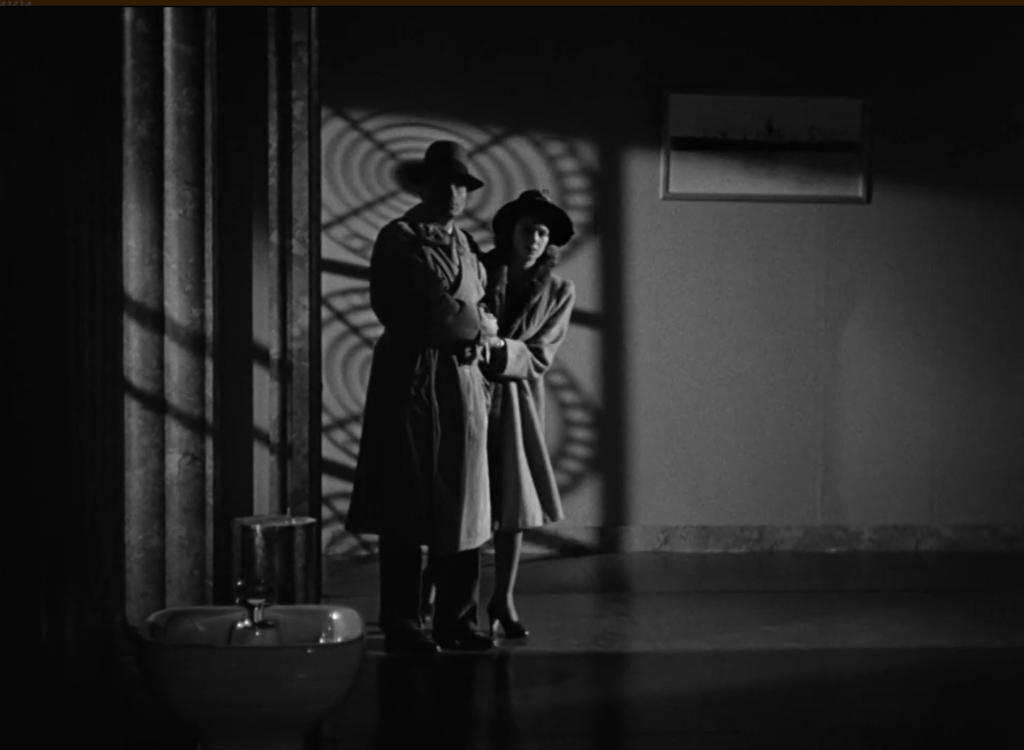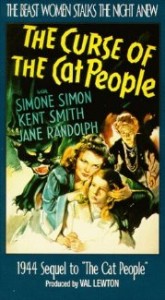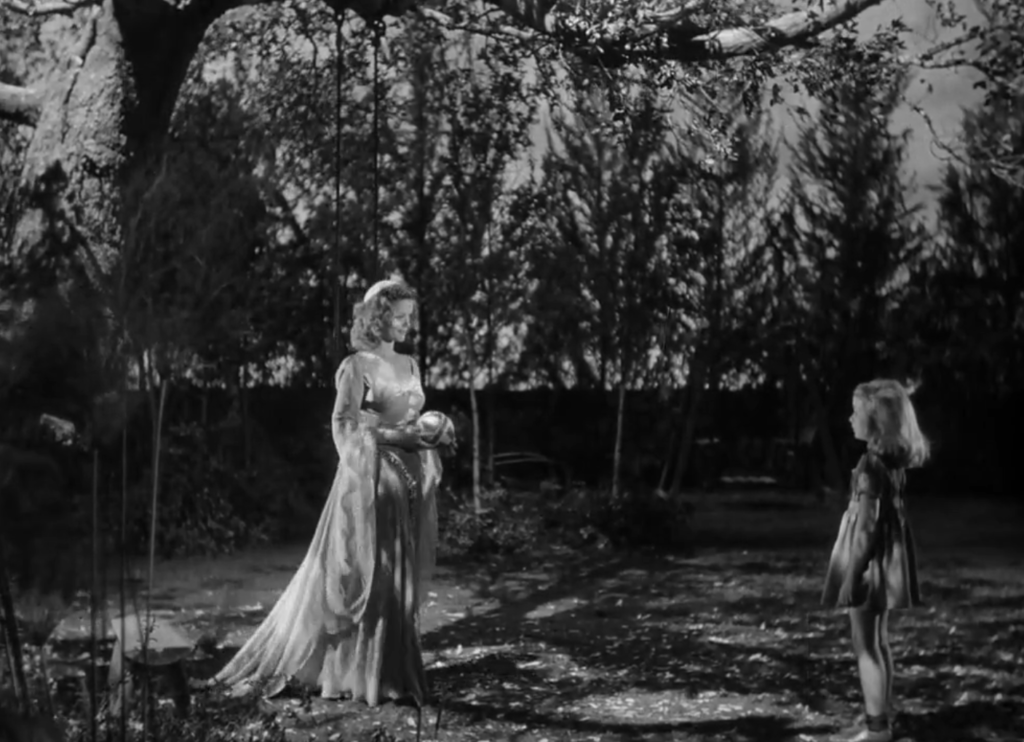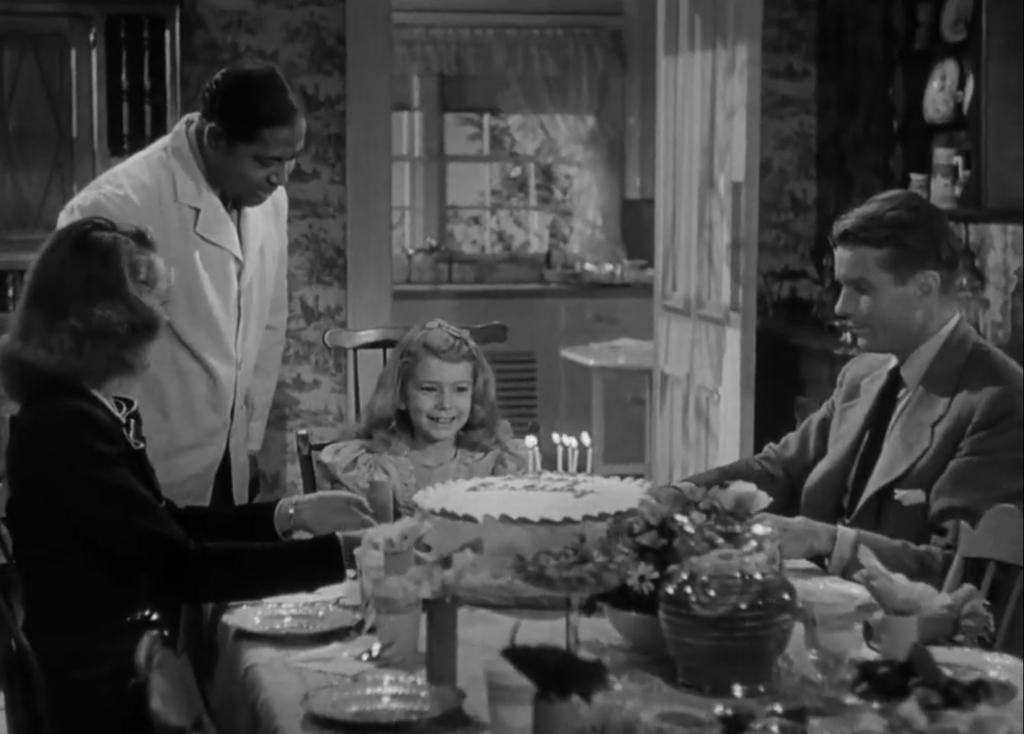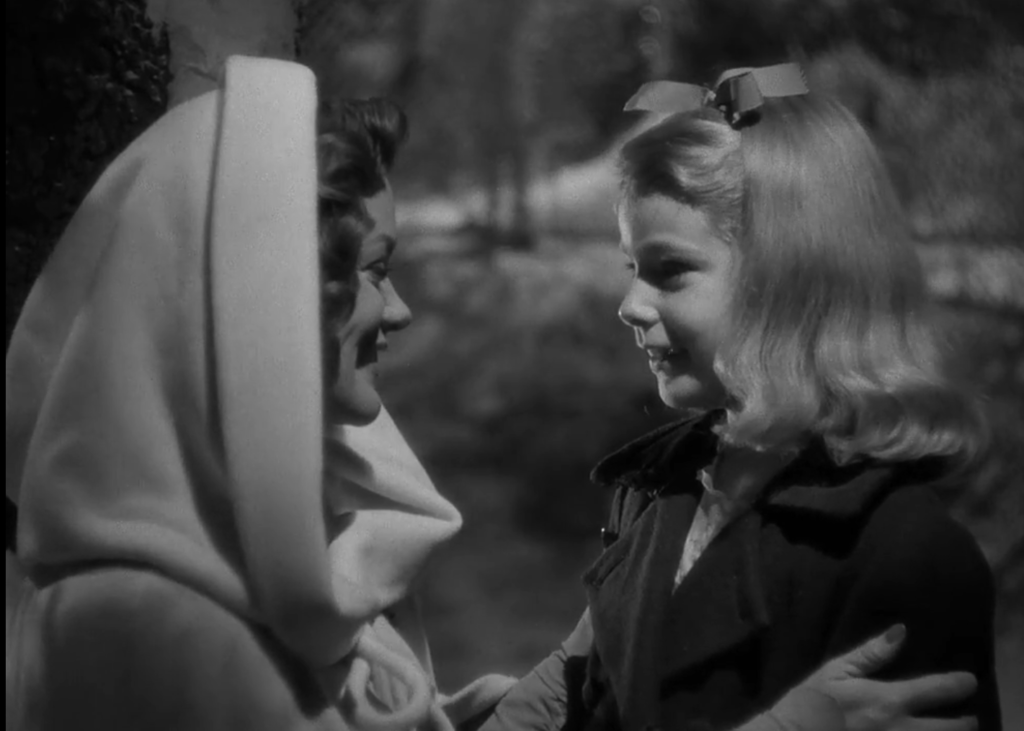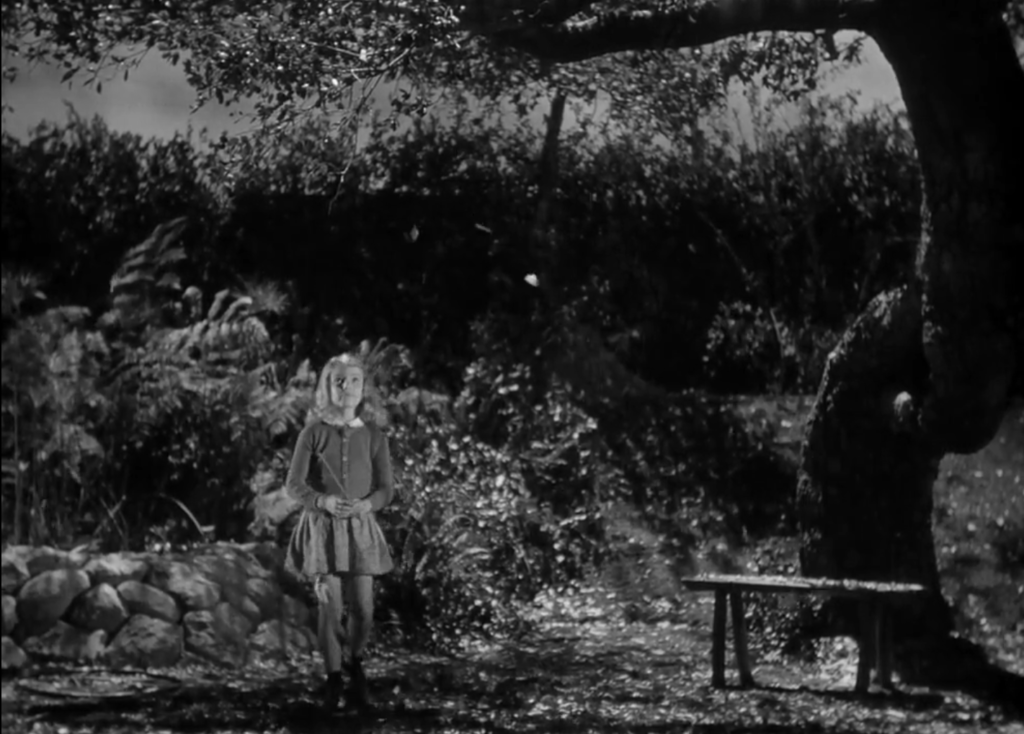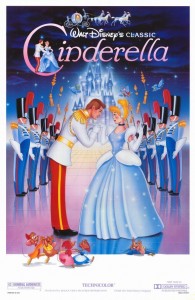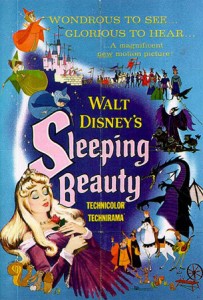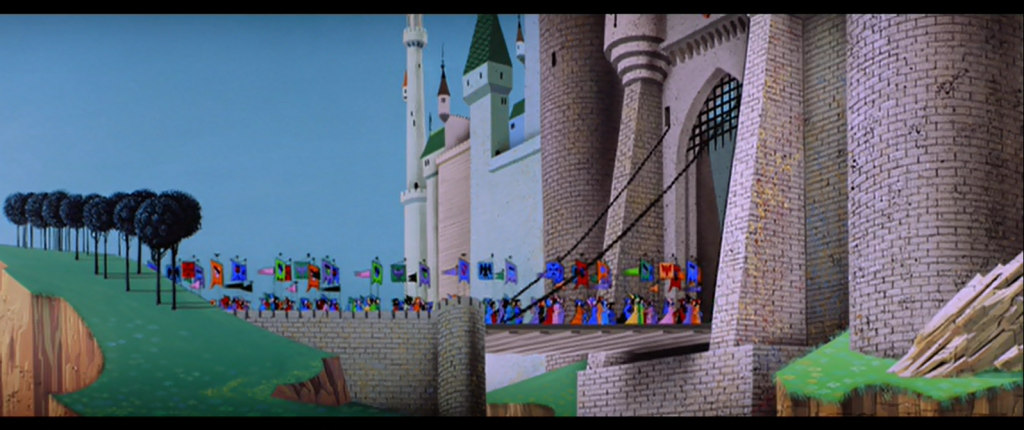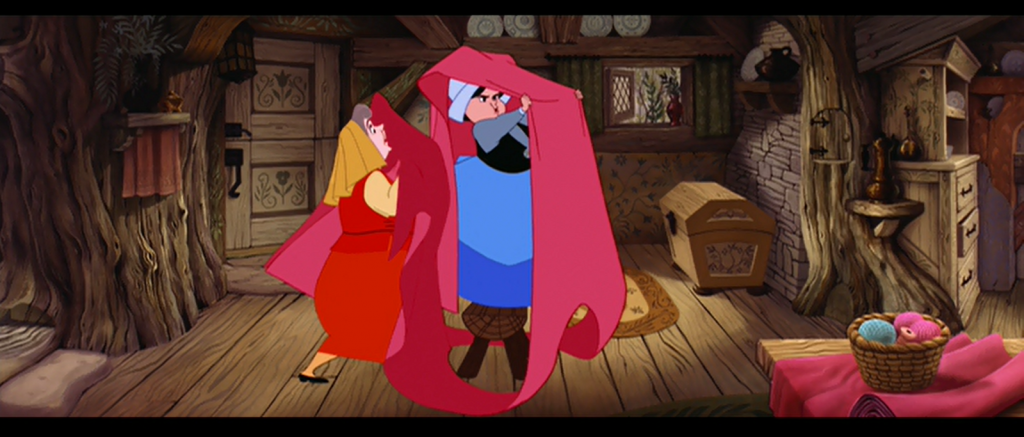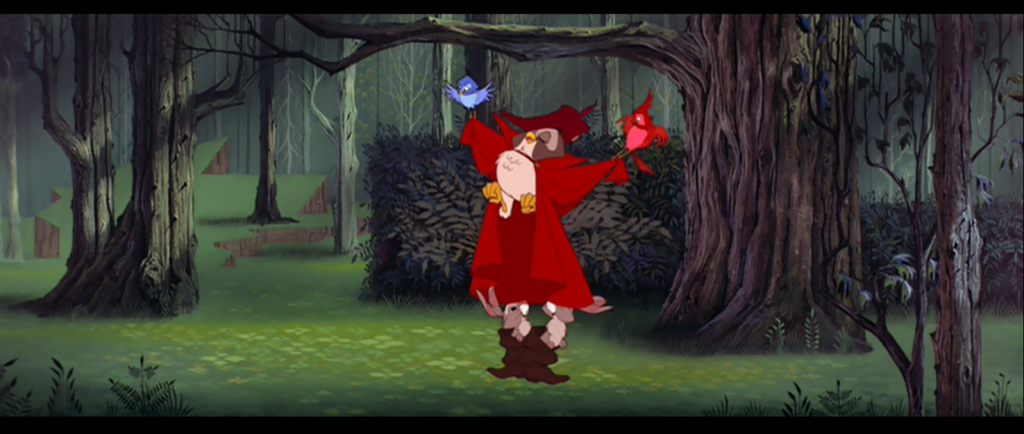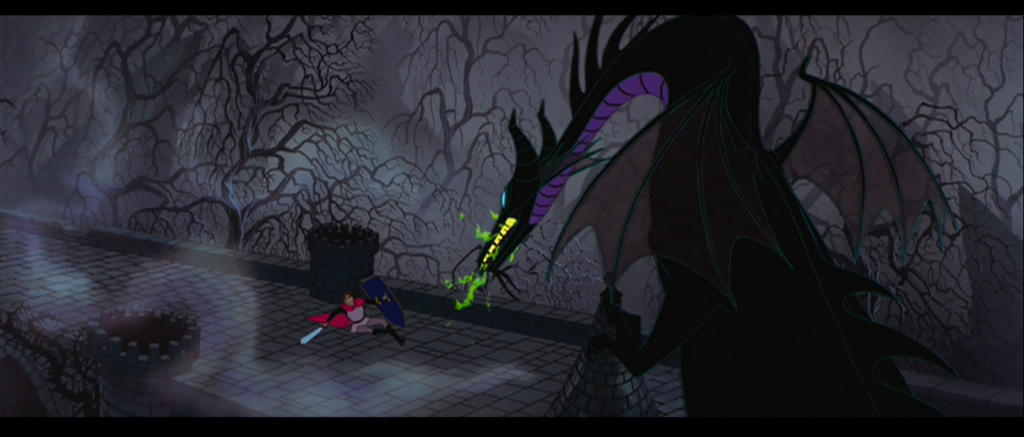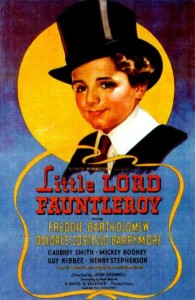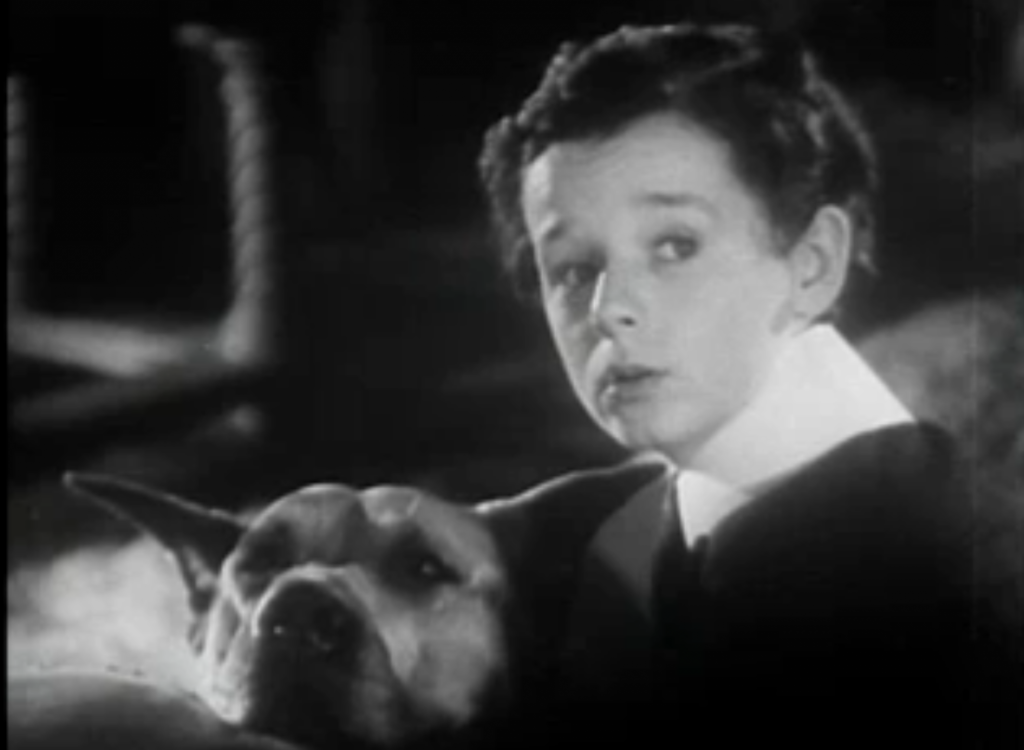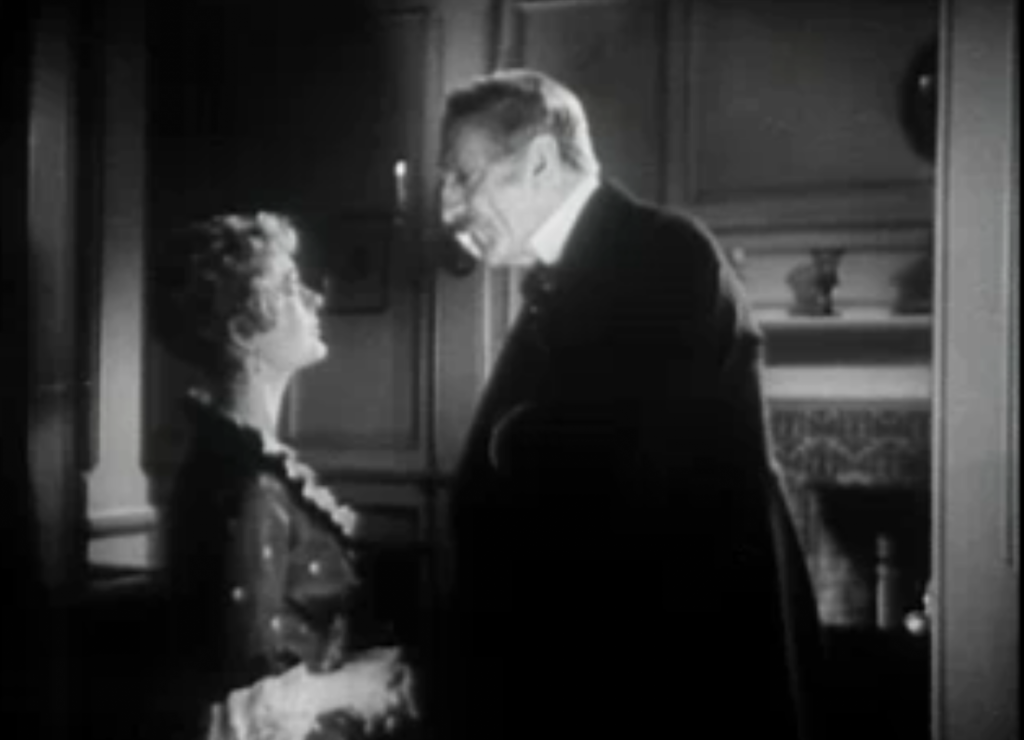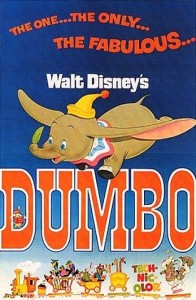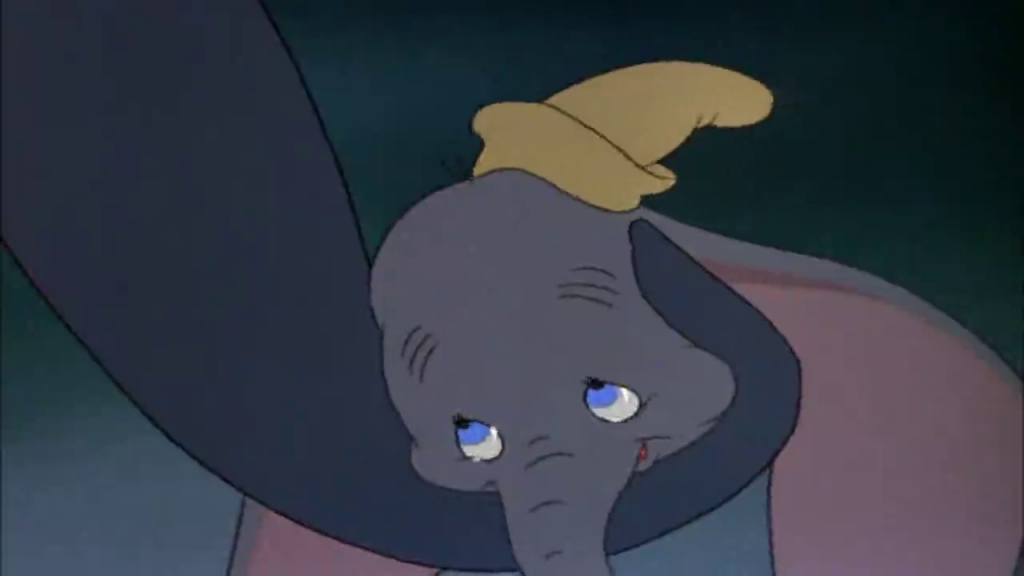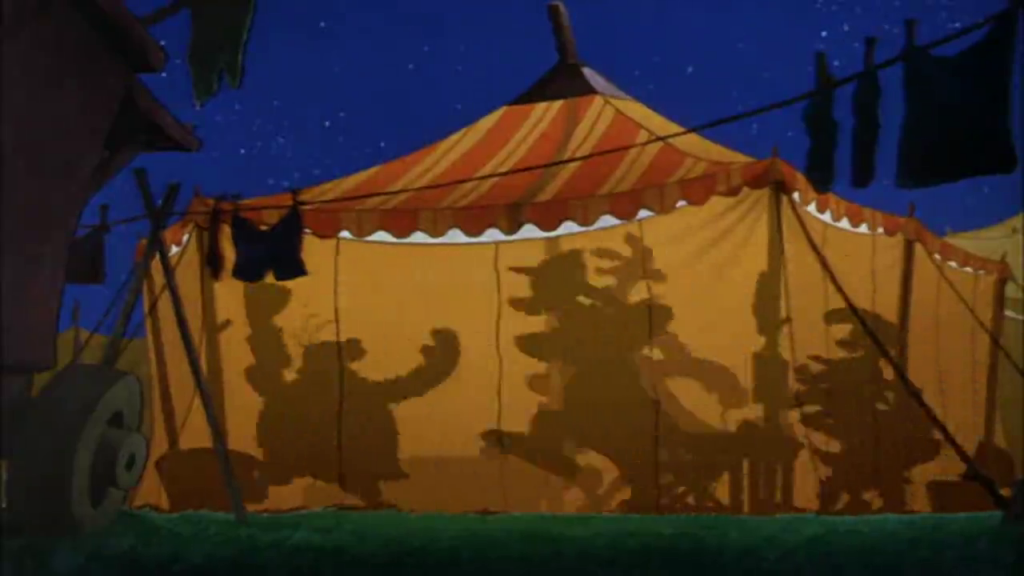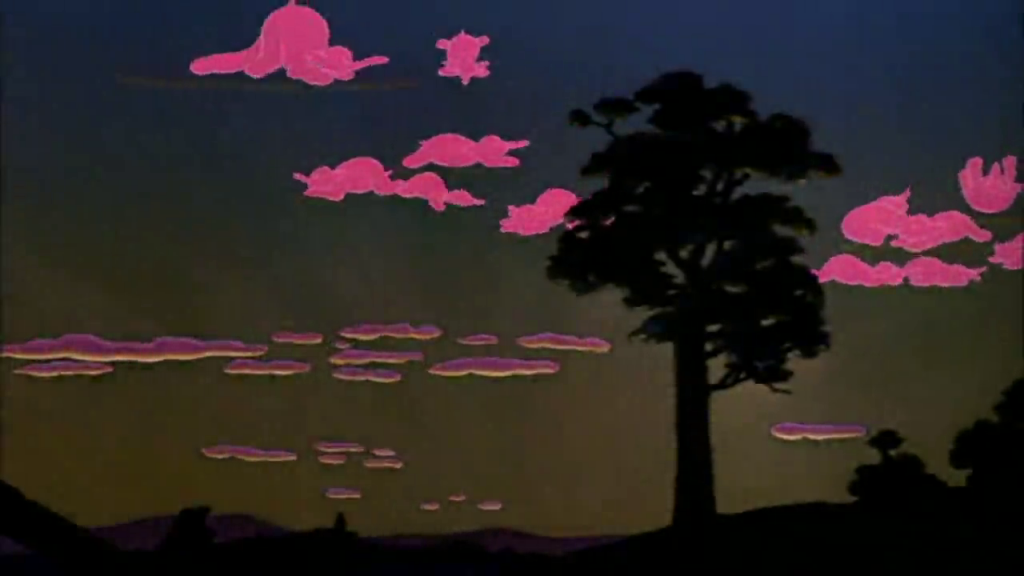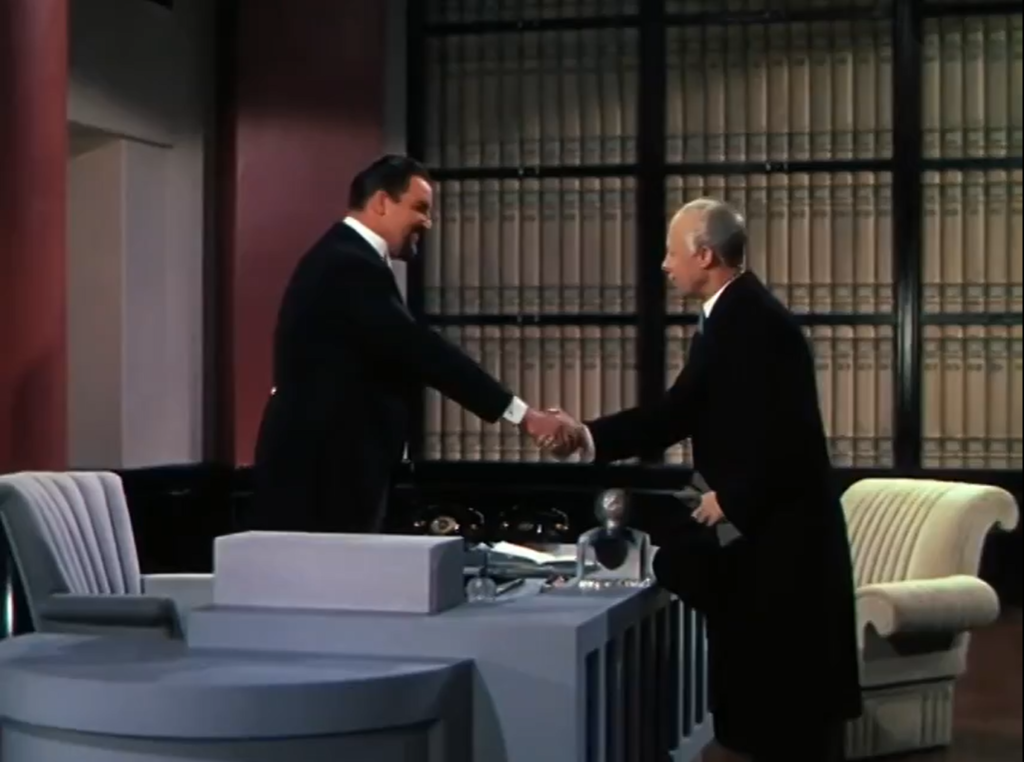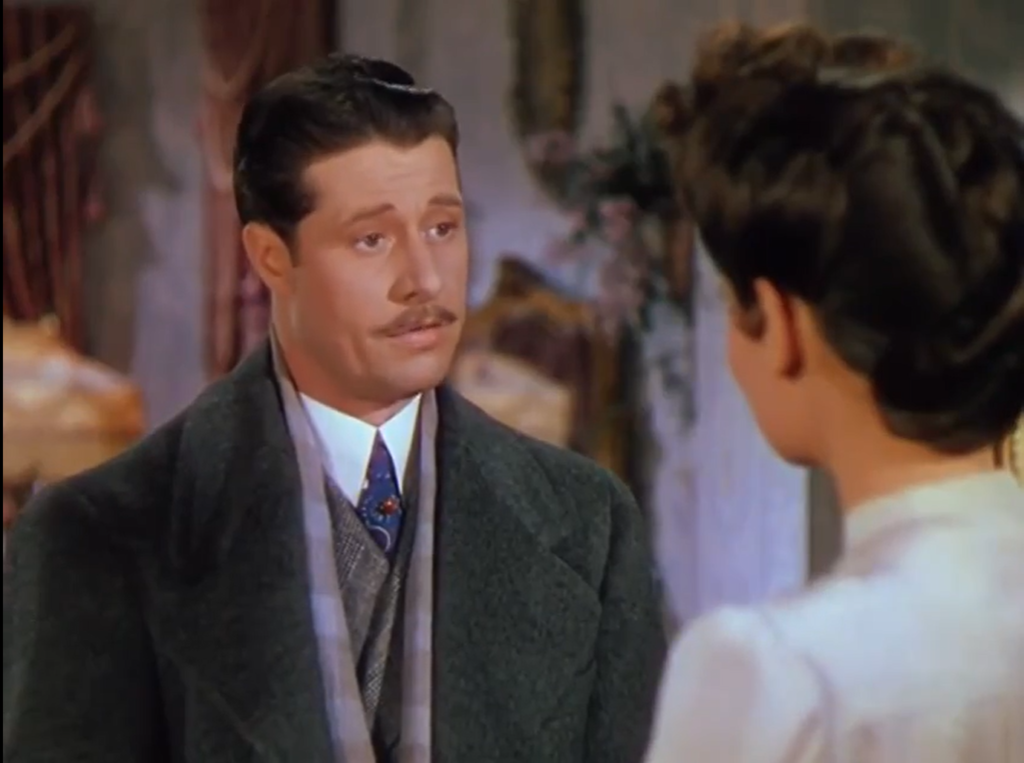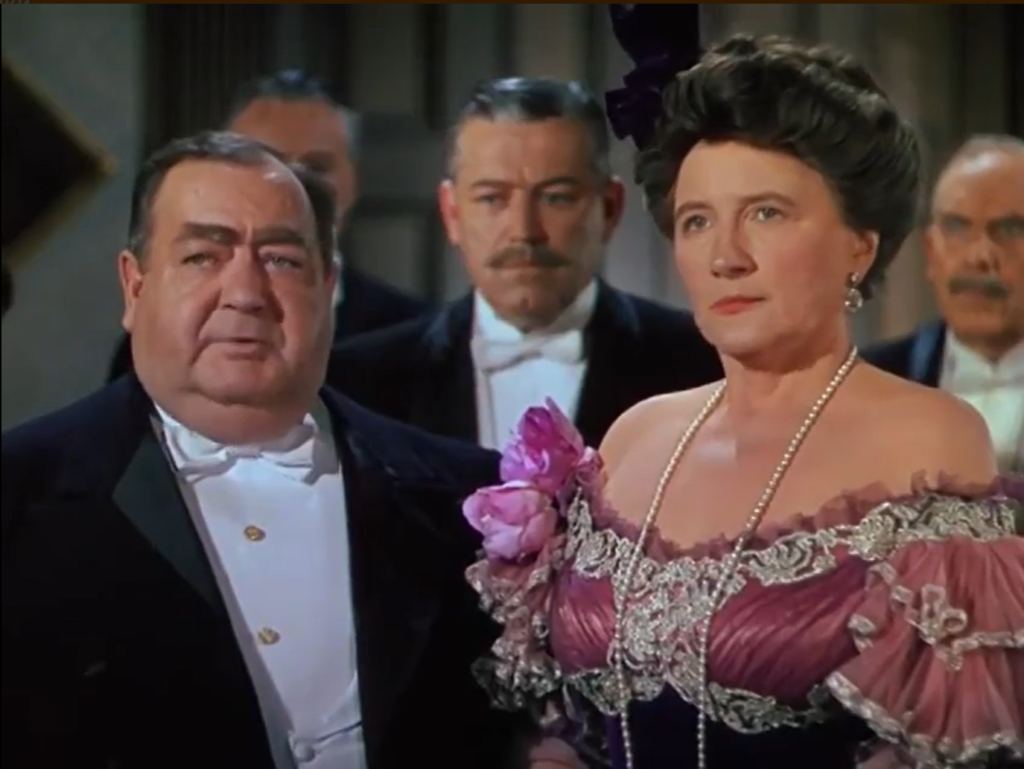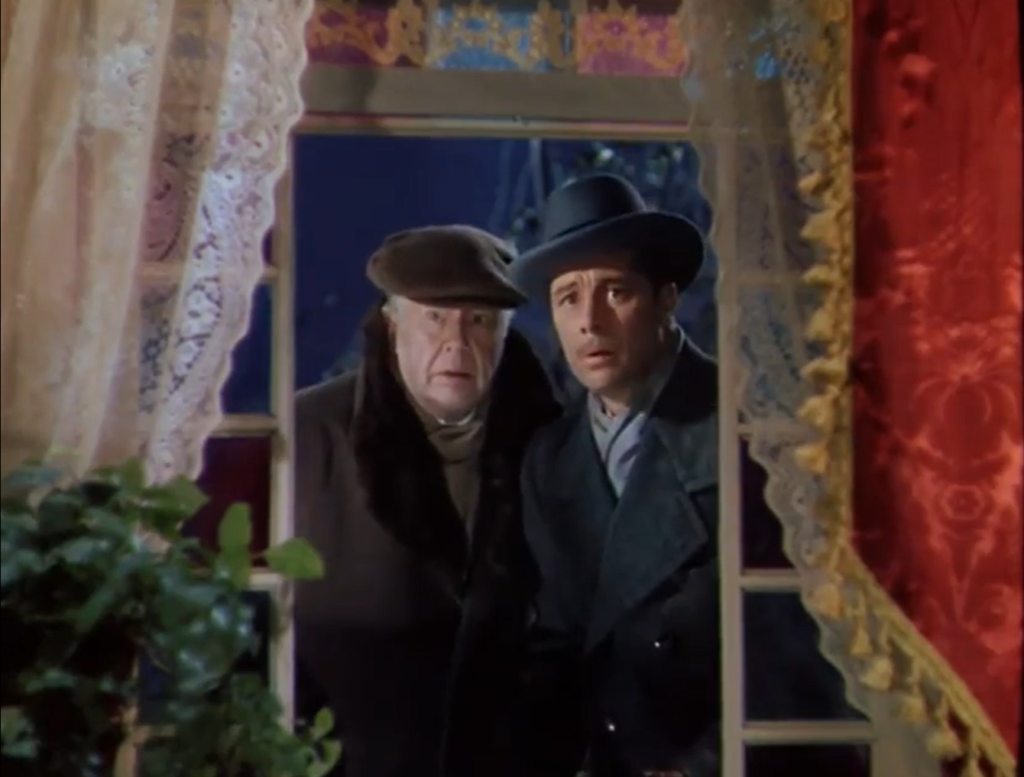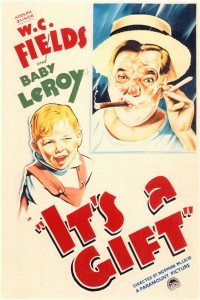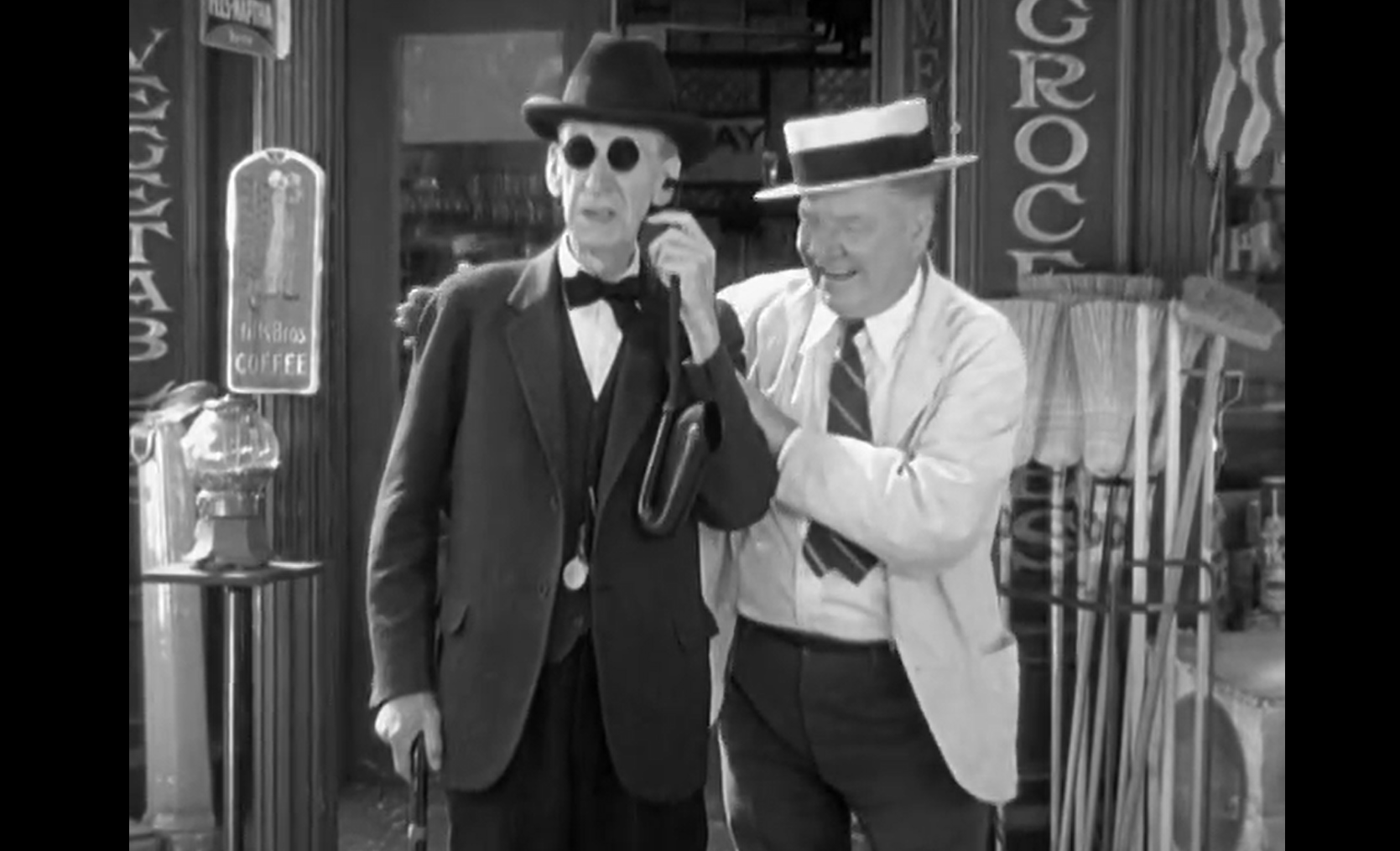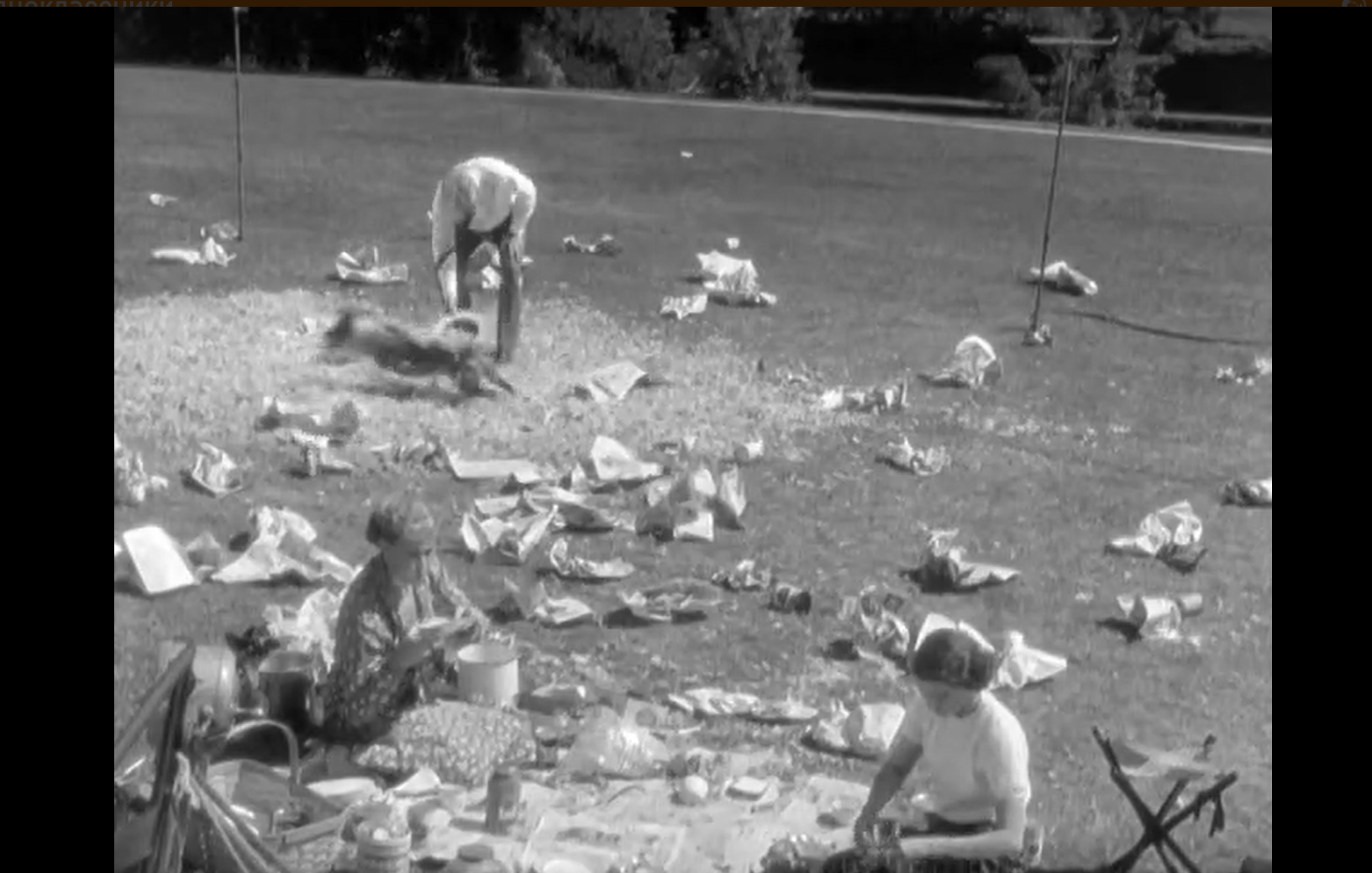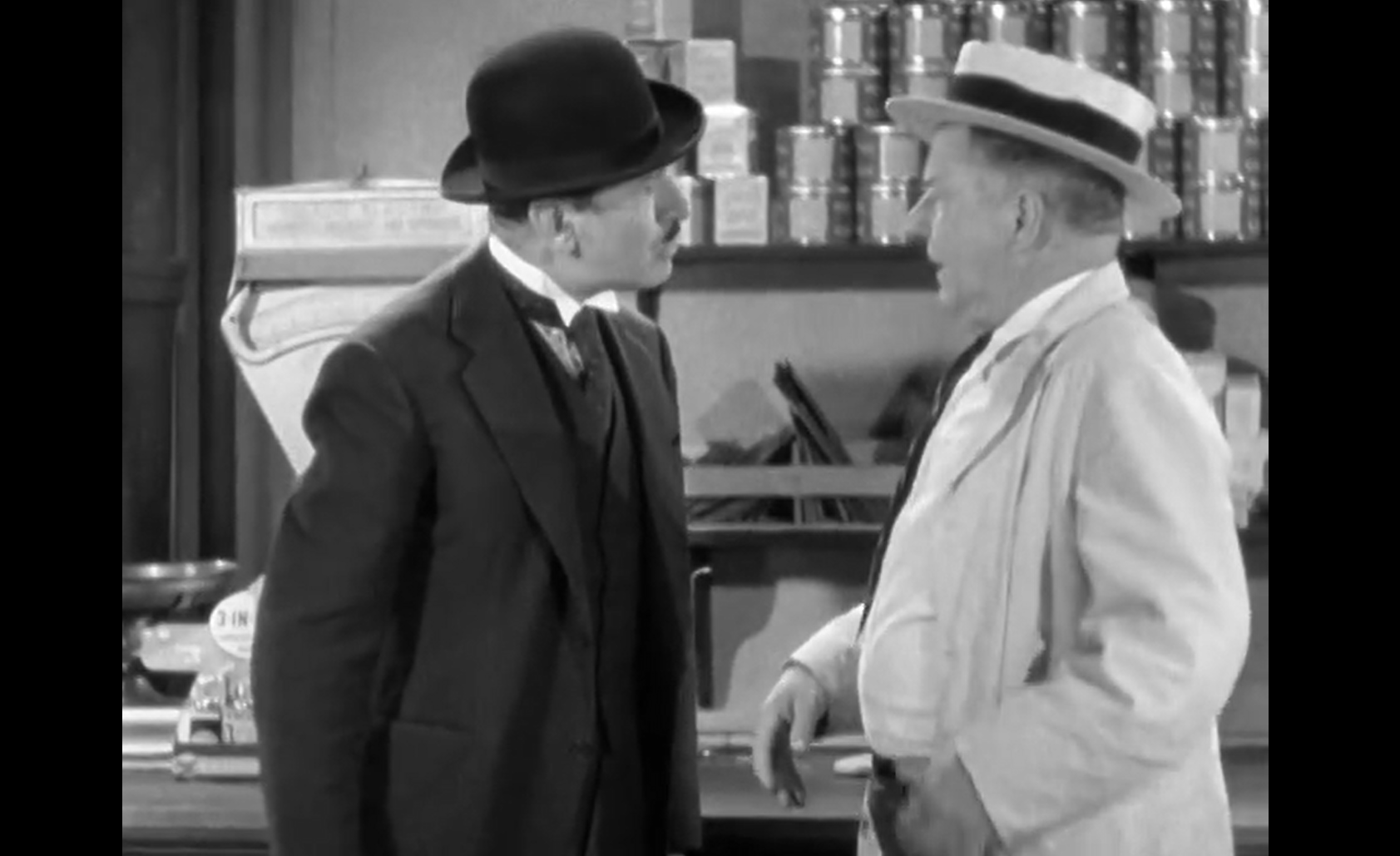I Walked With a Zombie (1943)
“Because I loved him, I felt I had to restore her to him — make her what she had been before.”
|
Synopsis: |
|
Genres, Themes, Actors, and Directors:
Response to Peary’s Review: Directly inspired by Jane Eyre (and preceding Jean Rhys’ post-colonial follow-up novel Wide Sargasso Sea by more than 20 years), the richly layered film is “set up like a Greek tragedy”, in which “a house has been ripped asunder by infidelity, meddling in-laws, sibling rivalry, and calling on pagan gods to carry out selfish bidding”; it even includes a “one-man Greek chorus” in Sir Lancelot, a calypso singer who fills us (and Dee) in on the family’s past troubles through a cleverly written ditty. (“Ah, woe! Ah, me! Shame and sorrow for the family.”) Peary notes that “the lyrical quality of the long silent passages” — most famously “Dee and Gordon’s nocturnal walk through the mysterious woods” — contribute towards this film’s status as possibly “the most visually impressive of Lewton’s films”. Certainly, the “shadows, the lighting, the music, [and] the exotic settings contribute to make this one of the masterpieces of the genre” — a “beautiful nightmare” which lingers in one’s memory. As in Cat People, the film’s horror elements here are left up to viewers’ imaginations: is Gordon insane, or “is her zombie-like state the result of a voodoo curse”? Other than a few highly suggestive scenes near the end, the answer is entirely unclear throughout, and “we never find out for sure”. What we “come to believe”, however, as Peary notes, is “that there is just as much validity in believing in the powers of voodoo as there is in believing God will answer prayers”. To that end, Lewton noticeably “does not belittle the island blacks by mocking their beliefs, customs, and religious practices”, given that it’s the whites who “wallow in confusion and terror”. As Chris Dashiell of CineScene.com writes, “Although the film occupies the European stance towards the black ‘other’ that was always assumed in commercial films at that time, Tourneur is much more sensitive in this regard than one might expect.” Redeeming Qualities and Moments:
Must See? Categories
(Listed in 1001 Movies You Must See Before You Die) Links: |
